













Living Well After Trauma
A hidden epidemic affects nearly ten percent of the American population daily and for those it grasps, hope can seem like a distant dream.
In a message of hope, the film provides an opportunity of support to so many who may be struggling through difficult mental health conditions; and by means of storytelling will offer a platform for education, discussion, and healing of one of the most common diagnosis in our country. By combining the expertise of Neurologists, Psychologists, and other experts, with the experiences of Survivors and their families, Light in the Darkness will reintroduce PTS to the national conversation at a time when trauma and mental health are meant to take center stage.
An estimated 8% and growing of Americans will experience Post-Traumatic Stress Disorder (PTS) at some point in their lives. PTS is a disorder where something major and traumatic happens, and after that major event, it creates a change in your life. Most people associate PTSD closely with Military Service; however, many experiences are capable of causing traumatic reactions through any individual. The symptoms from this occurrence causes ripples throughout a person’s life.
Light in the Darkness: Living Well After Trauma is intended to generate awareness around post-traumatic stress disorder (PTS). We have had the chance to talk to a very diverse group of survivors brave enough to share their stories. I know people will be shaken to their core by what some of these people have been through, but also moved to tears by how they have continued to live after tragedy. When we set out to make this film it was very important to me that, in sharing these powerful stories with the world, we would specifically avoid making purely “trauma cinema”; that’s to say, I did not want the movie to just be people telling the audience about the worst things that have ever happened to them. While this is watchable and entertaining, it does not help as many people.
Thus, while we included survivors’ stories t o help bond the audience with these souls, it was important that we didn’t stop there. We wanted to leave the audience with hope in their hearts—either for themselves if they are suffering or for their loved ones. To this end, the film seeks to teach the viewer about the true nature of the disorder and that it has real, physically observable consequences for the body and brain. While making the film I was quite surprised to learn just how physical a mental disorder really is, and I think many viewers will be just as surprised.
It was also important to highlight the number of different paths that people can take to recovery. Most are familiar with the basics (such as therapy and pharmacology), but we quickly discovered that these are not the only solutions out there. We spoke with numerous experts, looking to highlight alternative treatments which could, hopefully, give people a starting point. The goal with this was to emphasize the fact that the most effective treatment is the one which you resonate the most with.
Upon screening this film, it is my hope that both survivors and their loved ones will understand post-traumatic stress disorder better and go on to be lights in the darkness of trauma for themselves and others.
In its entirety, Light in the Darkness aims to educate, empower, and enlighten. There exist many alternative medicines and ways to improve the reality of living with PTS, and this is one of the major messages of hope the film delivers. We share exciting new developments in research, alternative treatments such as brainspotting, and discuss how practices such as the martial arts can provide structures of discipline and mental strength. Furthermore, the values of music, family, support, and a plethora of other positive solutions are discussed as a means of encouragement for those suffering from PTSD. In doing this, the film aims to facilitate healing; both for those who are affected by PTS as well as the people close to them.